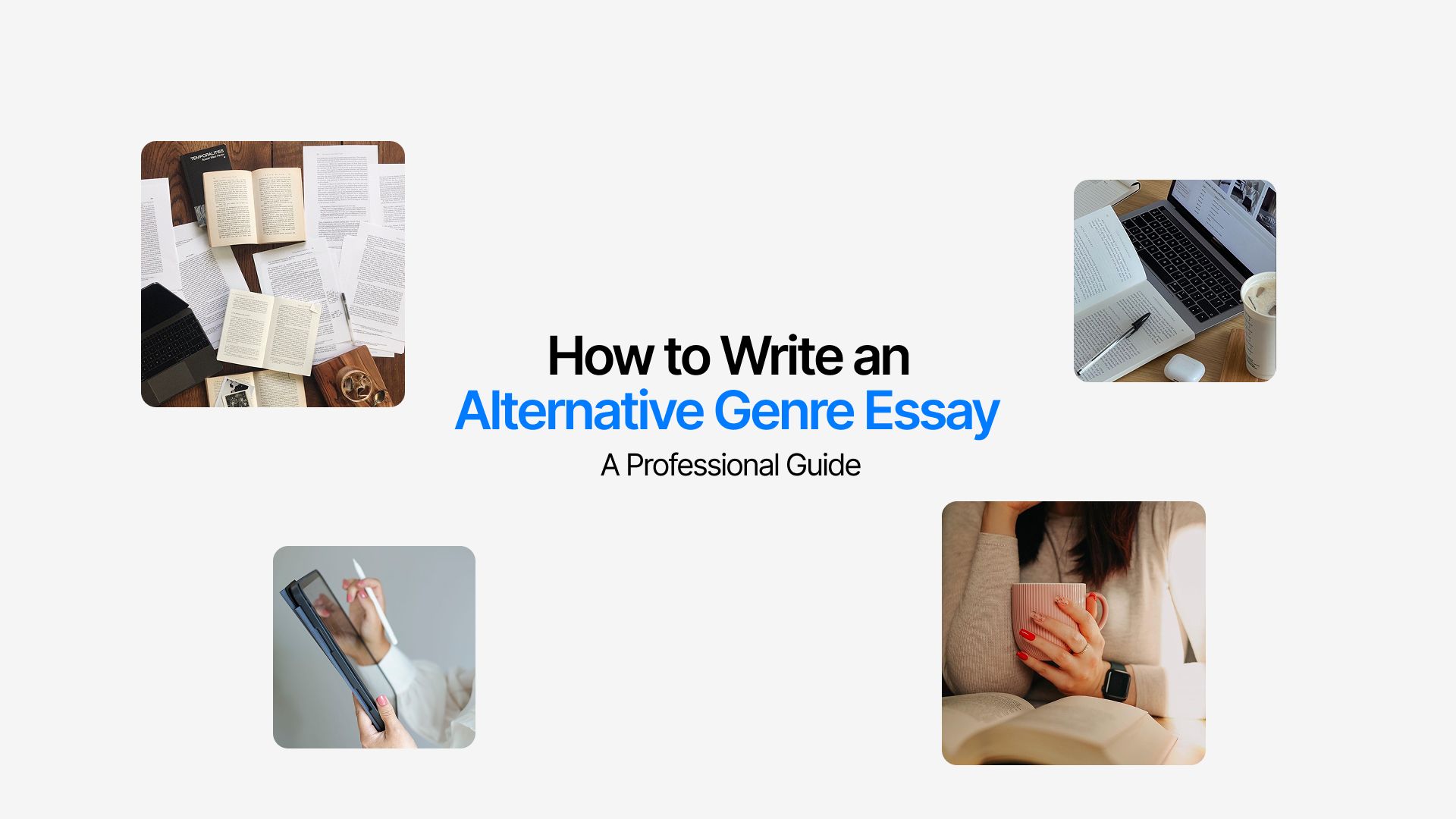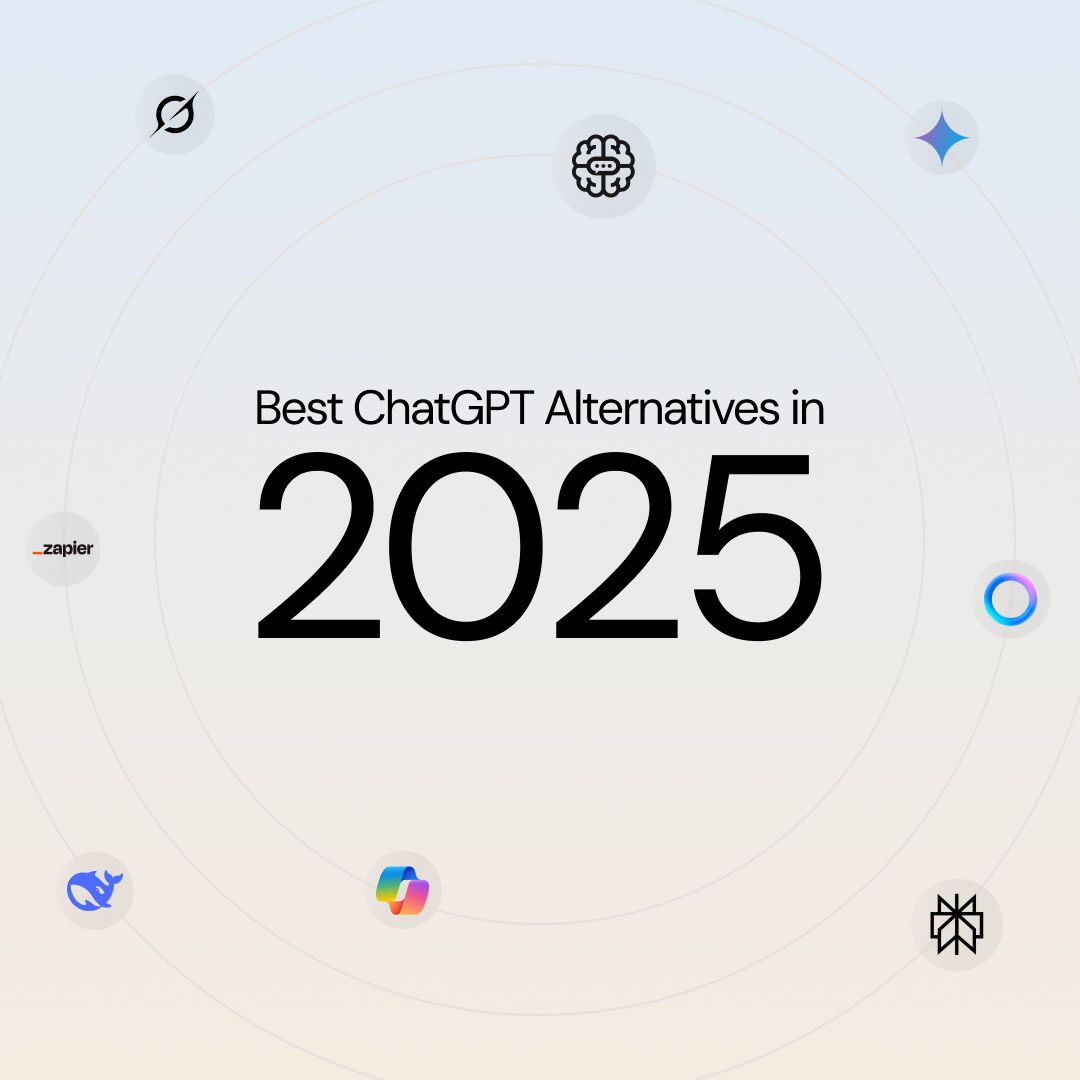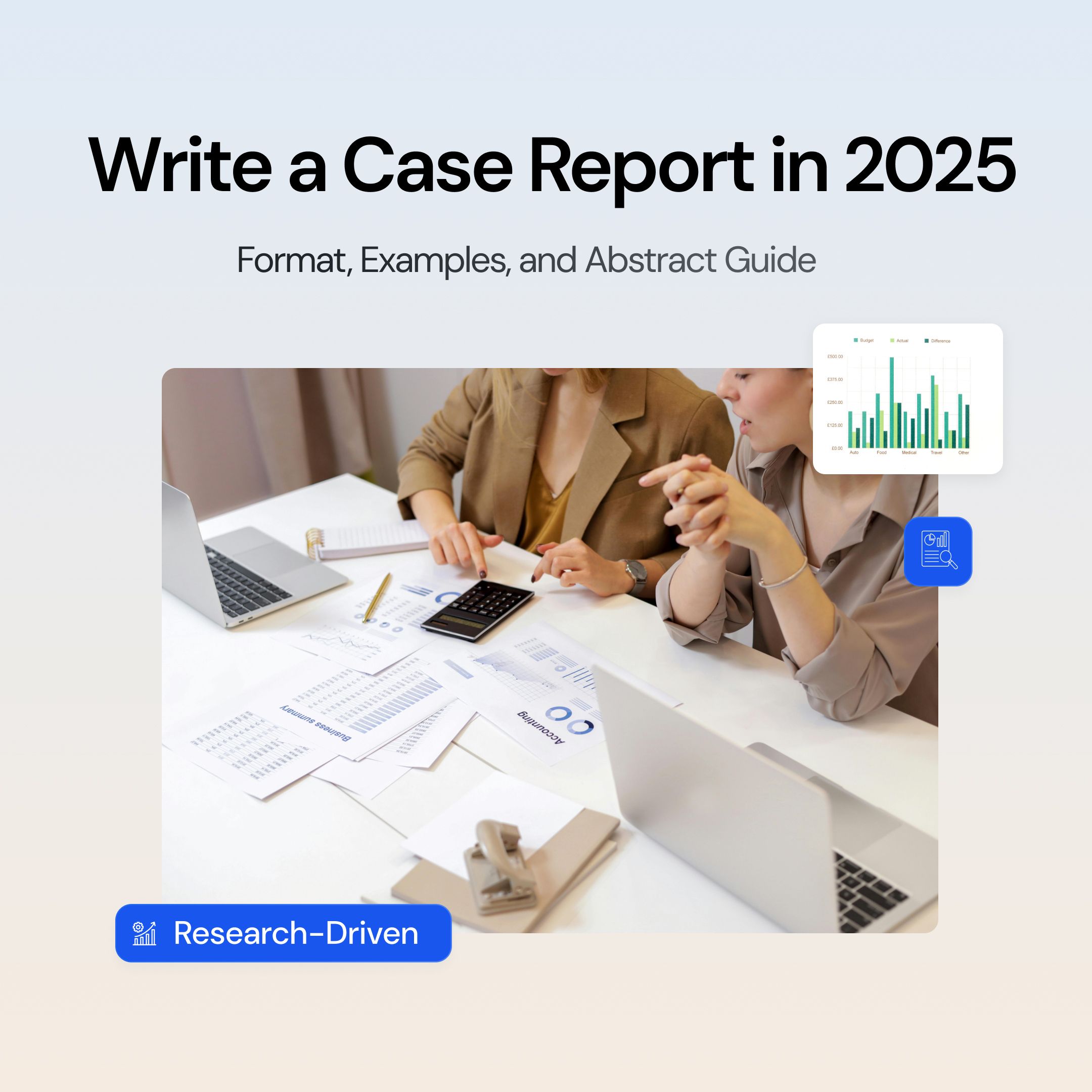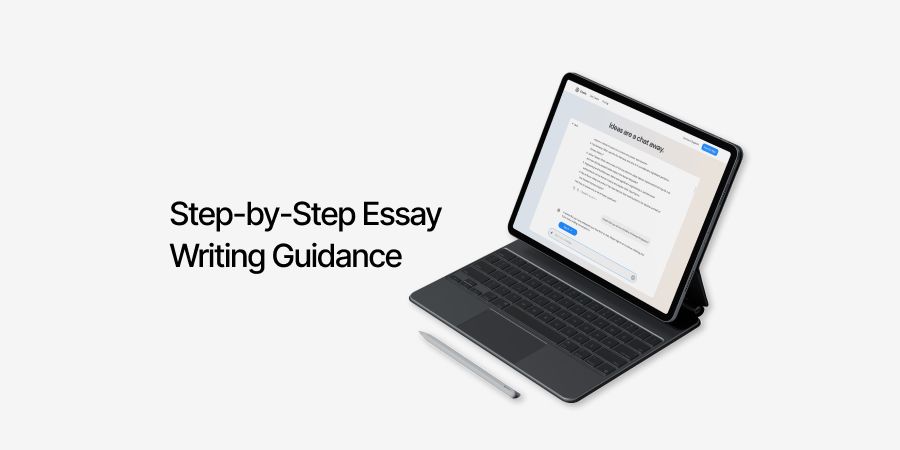
How to Write an Alternative Genre Essay: A Professional Guide
An alternative genre essay is not a typical academic paper. It shifts away from standard prose and uses creative formats like poetry, diary entries, or scripts to express ideas.
This approach still argues a point but through a form that blends art with analysis. Students often use it to show critical thinking in unconventional ways, keeping the reader engaged while proving mastery of the subject.
How to Write an Alternative Genre Essay (Step-by-Step)
Here’s the step by step process of writing an alternative genre essay better.
Step 1: Understand the Purpose
Every essay has an objective. In an alternative genre essay, that purpose must guide the chosen format. A diary entry fits if the essay theme is personal reflection. A script works when dialogue better conveys arguments. Without a clear purpose, the genre choice feels forced and weakens the entire piece.
Step 2: Choose the Right Genre
Not all genres serve the same function. Poetry emphasizes emotion and imagery. Scripts focus on voice and dialogue. News-style essays prioritize facts in a sharp structure. Select a genre that complements your topic rather than one that distracts from it.
Step 3: Plan and Structure
Even creative essays need order. Keep the familiar introduction, body, and conclusion. The introduction sets context. The body develops arguments using the chosen genre’s traits. The conclusion ties everything back to the central idea. This skeleton ensures clarity, no matter how experimental the form becomes.
Step 4: Write with Creativity and Clarity
Genre-specific techniques matter. A diary entry might include dates and personal voice. A script needs stage directions or speaker labels. A poem thrives on rhythm and imagery. But creativity cannot overshadow comprehension. The reader should understand the argument without struggling through overly complex language.
Step 5: Revise for Impact
First drafts usually lean too heavily on the creative side or too rigidly on the academic side. Revision balances both. Edit for clarity, tighten sentences, and keep the essay’s rhythm smooth. Ask whether each section advances the theme and whether the format feels natural instead of forced.
Suggested read: Best AI Writing Tools in 2025
Why Write an Alternative Genre Essay
An alternative genre essay pushes students beyond formulaic writing, very similar to writing an analytical essay. It challenges the assumption that analysis must follow rigid academic form. By experimenting with diaries, poems, or scripts, the writer demonstrates creativity and critical thinking together.
For educators, these essays reveal more than knowledge of a subject. They expose how a student adapts ideas across different mediums.
For students, the benefits go deeper:
-
Builds adaptability in communication.
-
Strengthens writing versatility across multiple styles.
-
Encourages deeper engagement with a topic.
-
Breaks monotony of traditional academic work.
This format mirrors real-world communication, where ideas must shift tone and style depending on context.
Types of Alternative Genre Essays
Alternative genre essays take many forms, each suited for specific contexts. Choosing the right one depends on subject matter and writing purpose.
-
Diary Entries: Capture personal thoughts, often for reflective or historical topics.
-
Poetry: Express abstract ideas with imagery, rhythm, and condensed language.
-
Scripts: Create dialogue-driven analysis, effective for debates or character studies.
-
Letters: Frame arguments as personal communication, persuasive for rhetorical studies.
-
News Articles: Deliver concise, fact-driven analysis in journalistic style.
-
Speeches: Blend persuasion with structure, ideal for political or social themes.
Every format maintains academic integrity but adapts the delivery to a genre that resonates with the subject.
5 Practical Essay Examples and Sample Scenarios
A strong alternative genre essay balances creativity with clarity. Seeing real applications helps writers understand how to shape their work without losing purpose.
Example 1: Diary Entry Format
A student studying the American Civil Rights Movement may write diary entries from the perspective of a teenager in 1960. Each entry blends factual events like sit-ins and marches with personal reactions. This approach humanizes history while still showing knowledge of major events.
Example 2: Poetic Exploration
For a literature course, a student analyzing themes of loneliness in Frankenstein might use poetry. Instead of restating critical arguments in prose, the student crafts free verse that highlights the monster’s isolation, interweaving direct references to the text.
Example 3: Scripted Dialogue
When studying philosophy, two characters might debate utilitarianism and deontology in a play-style script. Each voice presents clear arguments supported by evidence, while the dialogue format showcases multiple perspectives in one essay.
Example 4: Letter Form
In a political science essay, a student may write a letter to a fictional government leader. The letter presents arguments about climate policy, with a persuasive tone but still grounded in data and citations.
Example 5: News Article Style
Covering a historical trial as a newspaper article allows the writer to focus on objectivity, tone, and accuracy. Readers get the facts, structured in a way that mimics journalism, but the analysis is embedded in language choice and framing.
Pitfalls Writers Should Avoid
Alternative genre essays allow freedom, but without discipline they can fall apart. Recognizing common errors helps maintain both creativity and academic credibility.
Overloading Style and Ignoring Substance
Some essays lean too heavily on style. Poetry without context or a diary with no real analysis loses impact. Always anchor creative writing with evidence and reasoning.
Forgetting the Formal Framework
Even in creative forms, the essay should have a clear introduction, organized body, and a meaningful conclusion. Skipping structure confuses readers and weakens evaluation.
Neglecting Clarity
A script or letter filled with jargon or metaphors may sound impressive, but if it blurs meaning, the purpose is lost. Clarity keeps the reader engaged.
Missing Citations
Creative form does not exempt you from academic rules. Whether in dialogue, poems, or diary entries, sources should be credited. This maintains credibility and avoids plagiarism.
Making It Too Long or Too Short
Balance is key. A letter that drags across multiple pages or a poem of just four lines rarely meets academic requirements. Aim for depth with brevity.
How Professors Evaluate Alternative Genre Essays
Writing an alternative genre essay is not just about creativity; it is about meeting academic expectations. Professors balance originality with clarity and academic rigor when grading.
Alignment With Purpose
Does the chosen genre actually serve the essay’s theme? A poem or diary entry must reinforce the subject, not distract from it.
Evidence and Depth
Professors look for substance beneath the style. Even in creative writing, the arguments should be supported by research, quotes, or examples.
Structure and Flow
The essay must guide the reader from introduction to conclusion without breaking logic. Transitions, even in letters or dialogues, should feel natural and purposeful.
Originality and Voice
Generic work is quickly spotted. A script or creative letter should reflect the writer’s unique interpretation, showing effort and imagination.
Presentation and Mechanics
Grammatical accuracy, citation integrity, and formatting still matter. Professors expect polish, regardless of genre.
Conclusion
An alternative genre essay offers space to experiment, but it still demands precision. Purpose, structure, and clarity remain non-negotiable even when creativity drives the format.
Whether it is poetry, a play script, or diary entries, the key lies in balancing imagination with academic rigor.
By aligning the chosen style with the essay’s theme and refining it through revision, writers can impress professors and stand out in any classroom.
Suggested Reads
Frequently Asked Questions
Still got questions? Read the most asked questions and their answers.
More topics you may like

11 Best ChatGPT Alternatives (Free & Paid) to Try in 2025 – Compare Top AI Chat Tools

Muhammad Bin Habib

24/7 Customer Support with AI Chat: Benefits, Examples and More

Muhammad Bin Habib

28 Best AI Tools for Students in 2025 – The Complete AI-Powered Academic Success Guide

Muhammad Bin Habib

How to Become a Freelance Writer in 2025

Muhammad Bin Habib

How to Write a Case Report in 2025

Muhammad Bin Habib
